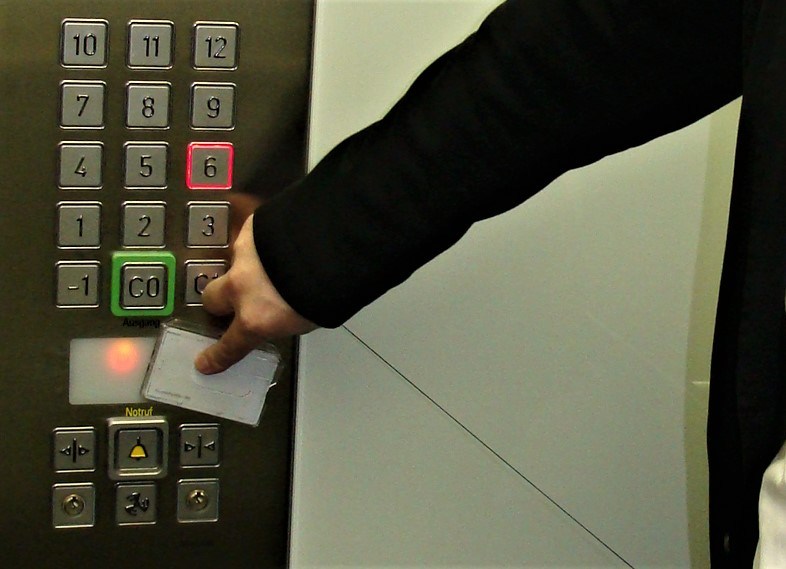
Image Source- Google
The integration of Artificial Intelligence (AI) into lift control systems is transforming the way we interact with elevators in buildings. By leveraging AI algorithms, elevator systems can optimize performance, reduce waiting times, and improve overall efficiency. In this article, we will explore the impact of AI on efficient lift control systems and how it is shaping the future of vertical transportation.
The Evolution of Lift Control Systems
Traditional Elevator Systems
- Conventional elevator systems operate on predefined schedules and basic logic.
- They often result in long wait times, inefficient use of space, and energy wastage.
- Passengers may experience overcrowding or empty elevators due to lack of real-time data.
AI-Powered Elevator Systems
- AI algorithms analyze data in real-time to predict traffic patterns and adjust elevator operations accordingly.
- Machine learning capabilities enable elevators to learn from user behavior and optimize routing algorithms.
- AI-powered systems can improve efficiency, reduce energy consumption, and enhance user experience.
Benefits of AI in Lift Control Systems
Improved Efficiency
- AI algorithms can optimize elevator operations based on real-time data, reducing wait times and increasing passenger satisfaction.
- Dynamic scheduling allows elevators to adapt to changing traffic patterns and allocate resources more effectively.
Energy Savings
- AI-powered systems can help reduce energy consumption by optimizing elevator usage and reducing idle time.
- Efficient route planning and smart scheduling contribute to lower operational costs and environmental impact.
Enhanced User Experience
- AI algorithms prioritize user needs, such as minimizing wait times and reducing overcrowding in elevators.
- Personalized service can be provided based on user preferences and historical data analysis.
Challenges and Considerations
Data Privacy and Security
- Collecting and analyzing large amounts of data raises concerns about privacy and data security.
- Implementing robust security measures and compliance frameworks is essential to protect user information.
Integration with Existing Systems
- Integrating AI-powered lift control systems with existing infrastructure and equipment may pose technical challenges.
- Compatibility issues and system interoperability need to be addressed to ensure seamless operation.
Future Trends in Lift Control Systems
Predictive Maintenance
- AI algorithms can analyze elevator performance data to predict maintenance needs and prevent downtime.
- Predictive maintenance strategies can reduce repair costs and improve system reliability.
Voice Recognition and Personalization
- Integrating voice recognition technology with AI-powered elevators allows for personalized user interaction.
- Users can control elevator operations through voice commands and receive customized service based on preferences.
Conclusion
The incorporation of AI into lift control systems is revolutionizing the way elevators operate and interact with users. By harnessing the power of AI algorithms, elevator systems can deliver enhanced efficiency, energy savings, and user experiences. As technology continues to advance, we can expect further innovations in lift control systems that will shape the future of vertical transportation.